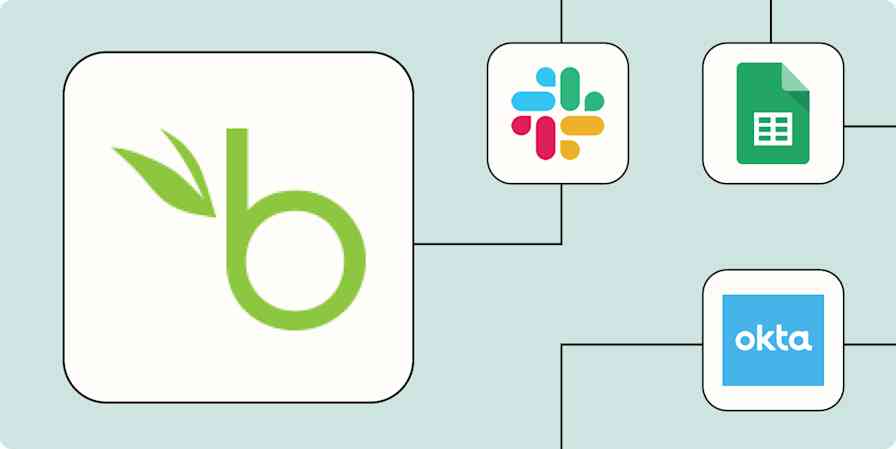I have a business background, and my head operates in a certain way. Numbers just seem to make a lot of sense. Design, on the other hand, not so much.
But to make my business succeed, I had to find a way to meld my skills with those of a creative team whose motivation and way of working was very different from mine. I founded Passion Plans, which sells plans for new residential construction, to get ready-made plans to prospective homebuyers.
As I built the business, I got to work closely with the architects who saw our business differently than I did. Where I saw numbers, they saw art.
They were engaged in a craft they had spent many years developing and the designs they made grew out of that education and experience. Meanwhile, my head was filled with traffic stats, optimization numbers, and conversion rates.
I saw the business as a process that needed to be streamlined for maximum success, whereas the architects saw their work as a creative endeavor. I realized I needed their buy-in on things moving forward, to show how we went from creating actual designs to creating a sustainable business model.
Automation for profit-sharing
I developed a profit-sharing approach that distributes a portion of the company profits to the team every two months. My hope was that this would increase motivation and create a shared sense of ownership for the financial success of the business. For that to happen, the team would need regular updates on the program.
We use Zapier to send weekly emails showing the sales made and the projected profit-sharing amount, so everyone could see where things stood.
Here’s what the Zap looks like.

We also dedicated a portion of the profit toward things that would benefit the overall team, like upgrading the common area with a foosball table, monthly lunch arrangements from local eateries, and planned company retreats, which the team helped choose.
There was initially a lot of reluctance among the team members when I suggested that we should incorporate more initiatives to automate these processes. However, they are starting to accept the measures as they also recognize they benefit from the improved work processes.
Automate to measure cost and conversions
With significant investment costs upfront, we needed to track the resources spent to create each design. This tracking helped us learn the typical cost per type of design, notice irregularities when they came up, and maintain a good production pace.
Throughout the process, everyone working on the design updated a Google Sheet noting the amount of time they spent on that design.
This helped us get general data on how long it took or a design to go through the overall process. From there, we developed a separate automated system to notify us if a specific design took significantly longer than the norm.
Again, using Zaps between Google Analytics and Google Sheets, we were able to track revenue relative to the amount of traffic from each product category.

We set up goals in Google Analytics to track and aggregate sales in different categories that allow us to make better spending decisions. For example, if we're investing heavily in designing house plans with historical features, we would then set up a specific Analytics Goal that is recorded in a Google Sheet. We track revenue for that category alongside the weekly investment. Each sale is tracked in the Google Sheet, and we periodically add revenue in the various categories. Then, an email goes out at regular intervals reminding us to analyze our spending strategy and revise our internal focus.
Clearly communicating company priorities and culture from the top helps drive change from the entire team. These systems have helped us move in the right direction.
Tracking our spending and sales on a category basis has allowed us to stop heavily investing in categories when we don't see positive results. For instance, this was the case when we were designing mansion blueprints. We saw that despite investing in these designs, they weren't driving a lot of meaningful KPIs for us. We believe segment of the market would go online and search for inspiration, but being less cost-conscious, they would take those designs and have their local architect draw them from scratch with the needed changes.
Automation as an agent of change
Using Zapier to automate reporting has helped us improve our efficiency and our ability to make actionable decisions based on data. And, having everyone in the organization understand their contributions to the company has helped us generate needed buy-in to achieve our goals.
As we further develop this business, we'll watch for more ways we can add automation to improve how we work.
This was a guest post from Thomas Jepsen, founder at Passion Plans. Want to see your work on the Zapier blog? Check out our guidelines and get in touch.





